Intertrigo
If you're seeking relief from intertrigo, our trusted Pinnacle Dermatology providers offer comprehensive care and personalized solutions to alleviate symptoms and address the underlying causes. Schedule an appointment at Pinnacle Dermatology for an evaluation and effective intertrigo management tailored to the needs of your skin.
Examples of Intertrigo
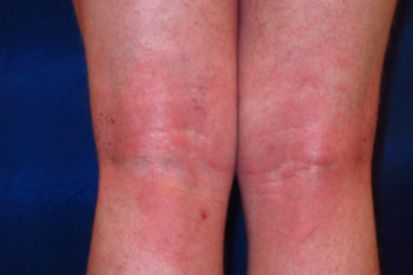
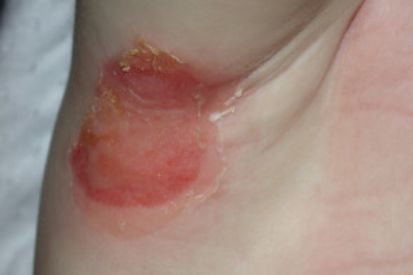
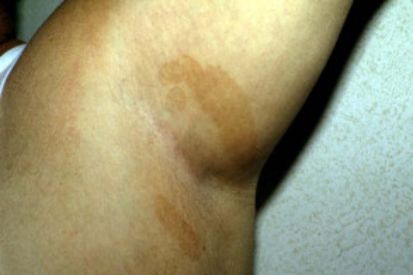
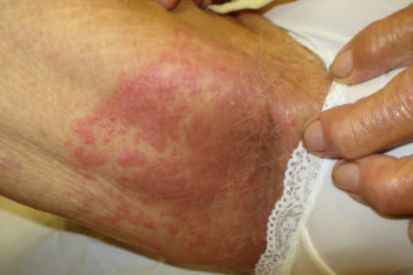
What are the Symptoms of Intertrigo?
- Skin inflammation that occurs in areas where skin folds create warm, moist environments, leading to friction.
- Common sites include inner thighs, armpits, groin, neck creases, and beneath breasts in women or below the belly in obese individuals.
- Red, raw, or irritated skin, often accompanied by itching, burning, or oozing.
- Due to the friction and warmth, the affected areas may become more susceptible to bacterial or fungal infections, adding discomfort.
Causes of Intertrigo
- Intertrigo occurs when skin folds, like those between thighs or underarms, become warm and moist, creating an environment good for microbial growth.
- Bacterial, yeast or fungal infections can thrive in these conditions, causing inflammation.
- Staphylococcus aureus bacteria and Candida yeast are common culprits.
- Factors like obesity, tight clothing, and high humidity amplify the risk.
How to Prevent Intertrigo
- Keep skin folds dry and irritation-free.
- Opt for breathable clothing to minimize friction and promote air circulation.
- Practice good hygiene by regularly cleaning and drying skin folds, reducing the risk of bacterial or fungal overgrowth.
- Use talcum powder or cornstarch to absorb excess moisture.
- Maintain a healthy weight to lessen skin-to-skin contact and friction.
- In humid conditions, seek shade and cool environments.
Intertrigo FAQs
Intertrigo is a skin condition that appears as a red, irritated rash in areas where skin folds. If you notice redness, itching, or rawness in skin folds like the groin, underarms, or beneath the breasts, it might be intertrigo.
To relieve itching and discomfort, keep the area clean and dry. Dermatologists may recommend antifungal or antibacterial creams to address any infections. Avoid scratching to prevent further irritation.
Yes, intertrigo can recur, but there are steps you can take to prevent it. Dermatologists often suggest keeping skin folds dry, using absorbent powders, wearing loose and breathable clothing, and maintaining a healthy weight. Following these recommendations can reduce the risk of intertrigo returning.
With proper care, intertrigo can start improving within days to weeks. Consistency in keeping the area dry and following the dermatologist's advice is key to a faster recovery.
How to Treat Intertrigo
Featured Blogs
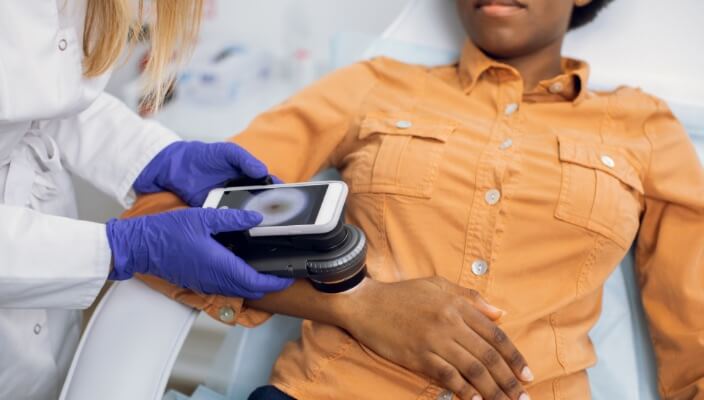
- Skin Cancer
- Skin Exams
- Sun Safety
How can you protect yourself from skin cancer year-round? Uncover the best dermatologist-recommended approaches.
Read More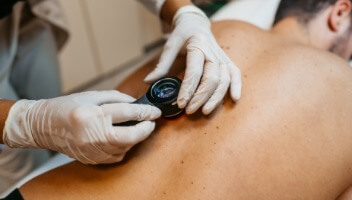
- General Dermatology
Our providers treat over 3,000 conditions that affect your skin, hair and nails, including skin cancer. They also can detect early signs of undiagnosed internal health issues.
Read More
- Skin Cancer
- Sun Safety
The sun's ultraviolet (UV) radiation poses a significant risk. Discover ways to protect you and your loved ones from the sun and keep your skin healthy all year long.
Read MoreFeatured Products for Intertrigo
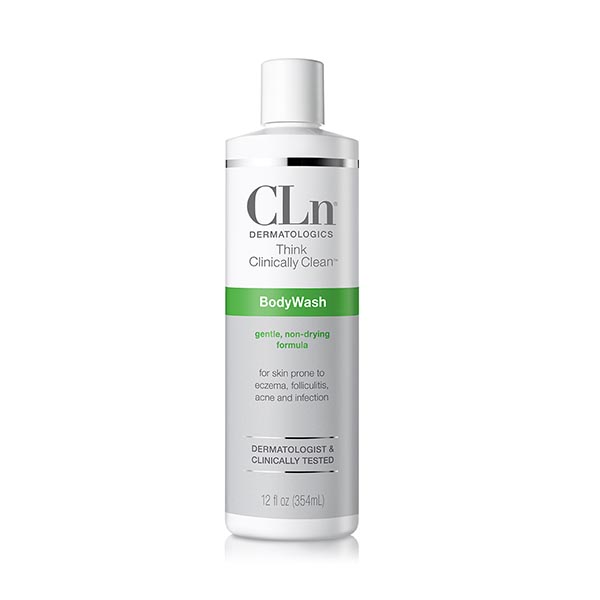
CLn BodyWash
CLn BodyWash is designed for infection- and eczema-prone skin. It is an effective cleanser that is tough on the microbes but gentle on skin. Designed for skin prone to infection, irritation, dermatitis, redness, folliculitis, acne, eczema and compromised skin. 12 fl oz / 354 mL
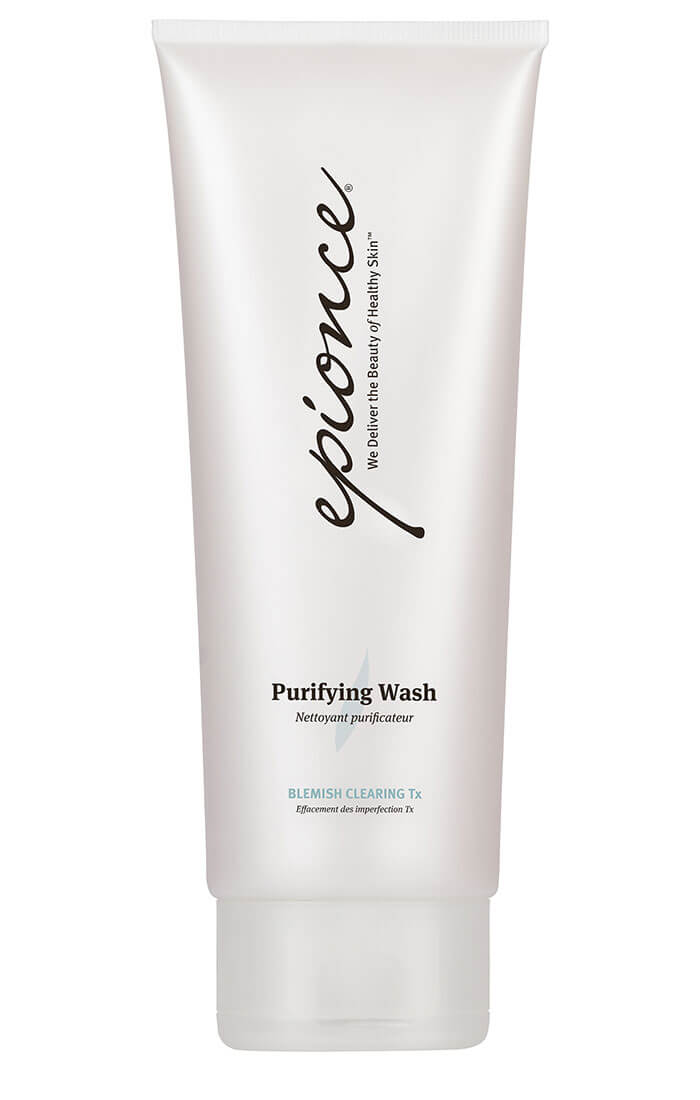
Epionce Purifying Wash
Refreshing face and body cleansing gel formulated for daily use. Gentle formula contains salicylic acid to effectively treat acne blemishes; penetrates pores to control acne blemishes and help prevent new acne blemishes from forming.


